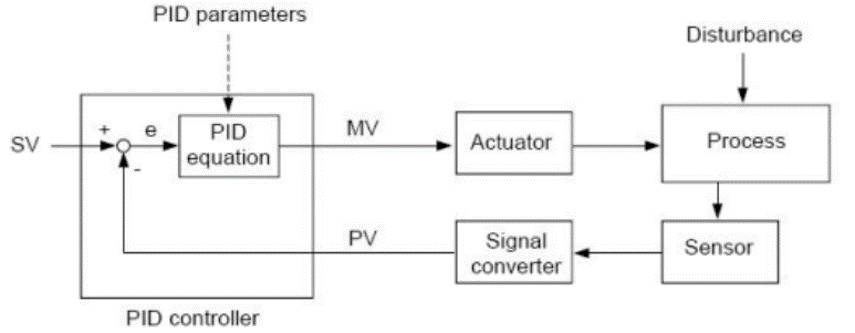Support Center - Help topic
Related Links
Software Downloads & Upgrades
Tech Notes
Manuals & Guides
- HMC Series Installation Guide
- MAPware-7000 Programming Manual
- MAPware-7000 Ladder Logic Guide
- Mapware-7000 Getting Started Guide
- HMC3000 I/O Module Guide
- HMC7000 I/O Module Guide
- MAPware-7000 IEC61131 Programming Guide
- MLC Series PLC Programming Manual & Installation Guide
- MLC I/O Module Guide
Videos
- Product Overview
- Part 1: Introduction and Installation
- Part 2: Creating a Native Ladder Project
- Part 3: Adding and Initializing Tags
- Part 4: Adding Logic
- Part 5: Creating an HMI Screen
- Part 6: Duplicationg an HMI Screen
- Part 7: Downloading and Testing the Project
- Part 8: Creating an IEC Project
- Part 9: Creating a UDFB
- Part 10: Adding a Structure Text UDFB
- Part 11: Adding Power Up and Main Routine Logic
- Part 12: Creating Screen Objects
- Part 13: Downloading the Project and Online Monitoring
- Function Commands Part 2: PID
Contact Us
Can't find what you're looking for in our Tech Support Library? Send us a message.
Contact Us
What is a PID controller?
Tags:
PID
Ladder Logic
IEC
Native Ladder
The basic idea behind a PID controller is to read a sensor, then compute the desired actuator output based on a setpoint by calculating proportional, integral, and derivative responses and summing those three components to compute the output.
The PID controller receives the process variable (PV) and controls the manipulation variable (MV) in order to adjust the PV to match the set value (SV).
In the PLC, a PID function block and analog input/output modules are used for PID control (one PID loop). To configure two or more PID loops, two or more PID function blocks are used. However, the number of the PID loops configurable by one PLC is normally limited by the available number of analog inputs/outputs.

Please see Tech Note 7013 "PID Loop Configuration" for more information.
The PID controller receives the process variable (PV) and controls the manipulation variable (MV) in order to adjust the PV to match the set value (SV).
In the PLC, a PID function block and analog input/output modules are used for PID control (one PID loop). To configure two or more PID loops, two or more PID function blocks are used. However, the number of the PID loops configurable by one PLC is normally limited by the available number of analog inputs/outputs.

Please see Tech Note 7013 "PID Loop Configuration" for more information.
Content Created by David Franzwa